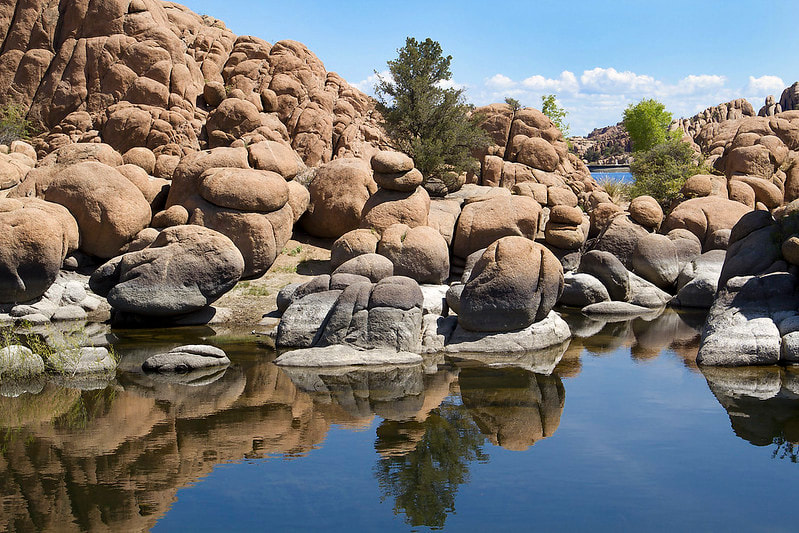Fundamentals of Geography: Concepts, Branches, and ImportanceFundamentals of Geography: Concepts, Branches, and Importance is a comprehensive resource that introduces students to the fundamental principles of geography. The content covers essential topics such as defining geography and its connection with the environment. It explores the branches of geography, including physical geography, human and economic geography, and practical geography. The document provides clear explanations of the various branches, such as climatology, geology, hydrology, and spatial geography, giving learners a solid foundation in understanding the different aspects of the field. Furthermore, it delves into the relationship between geography and other subjects, such as mathematics, history, biology, physics, chemistry, agriculture, meteorology, and geology. This interdisciplinary approach helps students grasp how geography intersects with various disciplines, broadening their perspective and enhancing their understanding. One of the notable strengths of the document is its emphasis on the importance of studying geography. It highlights how geography facilitates global relationships, career opportunities, and environmental conservation. Students will gain insights into appreciating diverse cultures, conserving resources, and understanding the impact of human activities on the environment. The inclusion of learner's short notes throughout the document encourages active engagement and self-reflection. The content is well-organized, and the explanations are clear and concise, making it accessible to learners at the Form 1 level. The document also provides practical skills, such as statistical methods, map work, fieldwork, and photograph interpretation, which enhance students' ability to interpret geographical information.
Overall, Fundamentals of Geography: Concepts, Branches, and Importance is a valuable resource for students embarking on their geography journey. Its comprehensive coverage, clear explanations, and emphasis on interdisciplinary connections make it an essential tool for building a solid foundation in geography. The document's theme revolves around exploring the core concepts of geography, understanding its branches, and recognizing its significance in various aspects of life and other disciplines.
0 Comments
Understanding Weather: Elements, Measurement, and Analysis provides comprehensive insights into the various aspects of weather. The content covers essential topics such as defining weather, stating its elements, and explaining the conditions necessary for siting a weather station. It also delves into the use of instruments for measuring weather elements and the analysis and interpretation of weather data. The notes further explore the structure and composition of the atmosphere, as well as the factors that influence weather patterns. Students will find detailed instructions on how to conduct field studies at weather stations, enabling them to gain hands-on experience and practical knowledge. The content is well-structured and easy to follow, with concise explanations and relevant diagrams. It provides learners with the necessary foundation to understand weather phenomena and develop their meteorological skills. The inclusion of learner's short notes throughout the document encourages active engagement and note-taking. One notable highlight is the section on the Stevenson Screen, a specialized wooden box used to house thermometers and hygrometers. The importance of the Stevenson Screen in providing accurate temperature recordings and ensuring instrument safety is emphasized. The qualifications that make it suitable for its work, such as being painted white for minimal heat absorption and having a double roof for insulation, are also explained.
The document concludes with detailed information on measuring temperature, rainfall, sunshine duration, humidity, and wind direction. Calculations for different weather parameters, including temperature range, mean monthly temperature, and relative humidity, are clearly presented. Overall, "Understanding Weather: Elements, Measurement, and Analysis" is a valuable resource for geography students and anyone interested in gaining a comprehensive understanding of weather patterns. Its clear explanations, practical guidance, and emphasis on data analysis make it a useful tool for learning and conducting field studies. The Significance of Rocks: Exploring Their Vital Roles in Our LivesRocks have various significances and play important roles in different aspects of our lives. Here are some of their significances:
UNDERSTANDING LONGITUDES AND LATITUDESAny location on Earth is described by two numbers-its latitude and its longitude. If a pilot or a ship's captain wants to specify position on a map, these are the "coordinates" they would use. wHAT ARE LONGITUDES?A lines of longitude is also called a meridian, derived from the Latin, from meri, a variation of "medius" which denotes "middle", and diem, meaning "day." The word once meant "noon", and times of the day before noon were known as "ante meridian", while times after it were "post meridian." Today's abbreviations a.m. and p.m. come from these terms, and the Sun at noon was said to be "passing meridian". All points on the same line of longitude experienced noon (and any other hour) at the same time and were therefore said to be on the same "meridian line", which became "meridian" for short. [shurdington.org]
Longitude, is a geographic coordinate that specifies the east–west position of a point on the Earth's surface, or the surface of a celestial body. It is an angular measurement, usually expressed in degrees and denoted by the Greek letter lambda. Meridians connect points with the same longitude. [Wikipedia] WHAT ARE LATITUDES?In geography, latitude is a geographic coordinate that specifies the north–south position of a point on the Earth's surface. Latitude is an angle which ranges from 0° at the Equator to 90° at the poles. Lines of constant latitude, or parallels, run east–west as circles parallel to the equator. [Wikipedia]
|
Geography Notes Form 1 - 4
Categories
All
Archives |
||||||||||||||||||||||||||
Can't find what you are looking for? Don't worry, Use the Search Box Below.
|
Primary Resources
College Resources
|
Secondary Resources
|
Contact Us
Manyam Franchise
P.O Box 1189 - 40200 Kisii Tel: 0728 450 424 Tel: 0738 619 279 E-mail - sales@manyamfranchise.com |

 RSS Feed
RSS Feed

